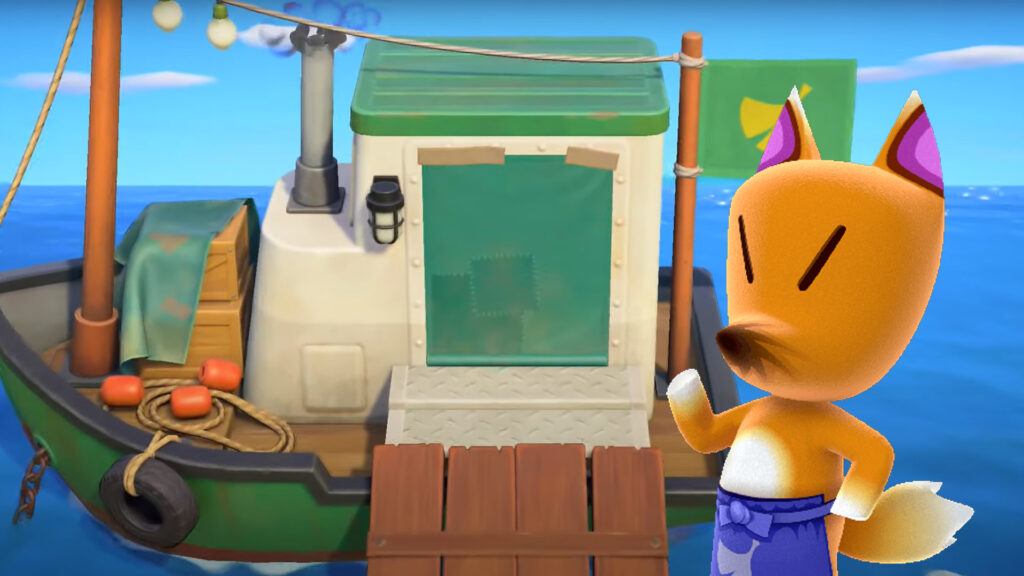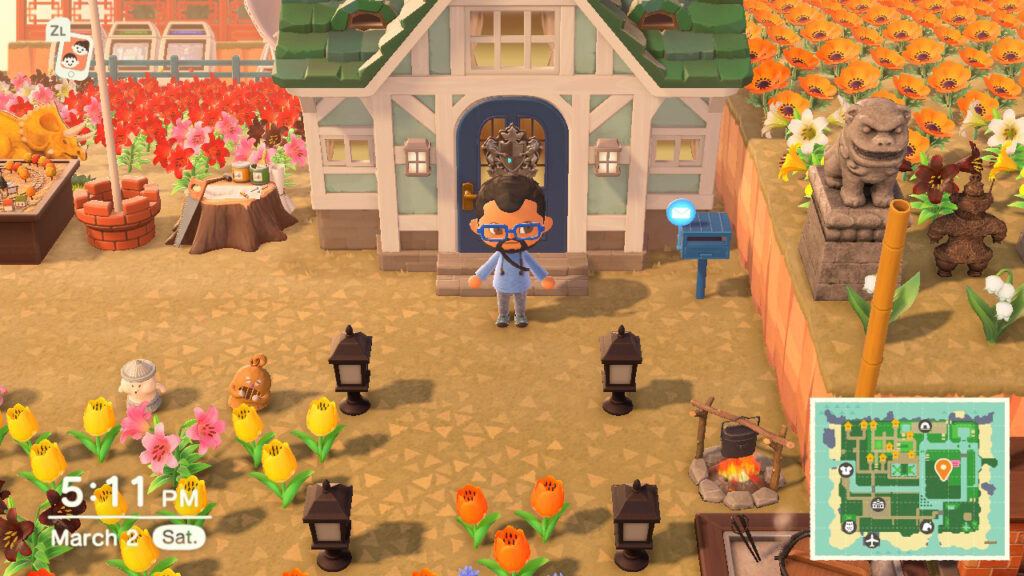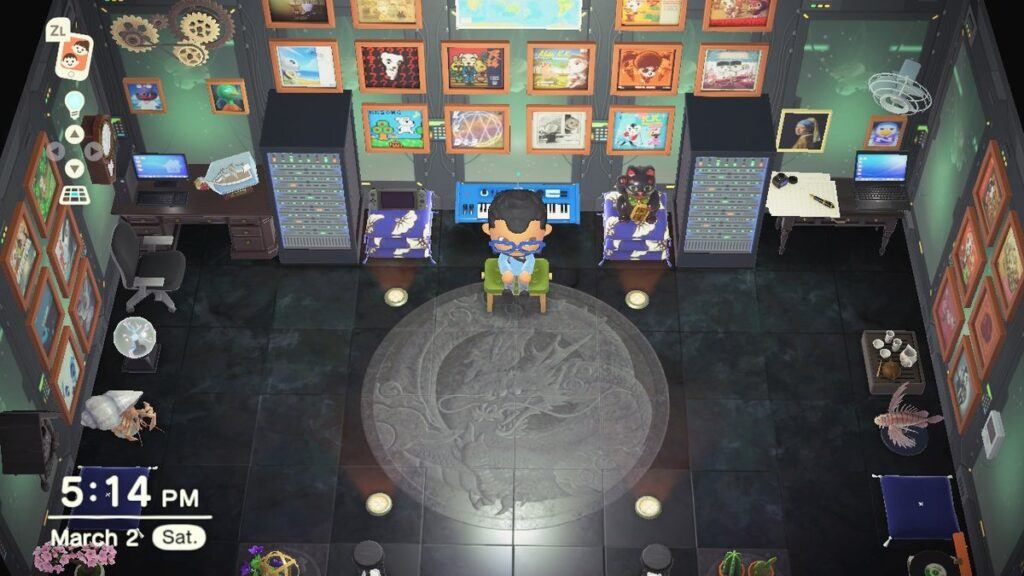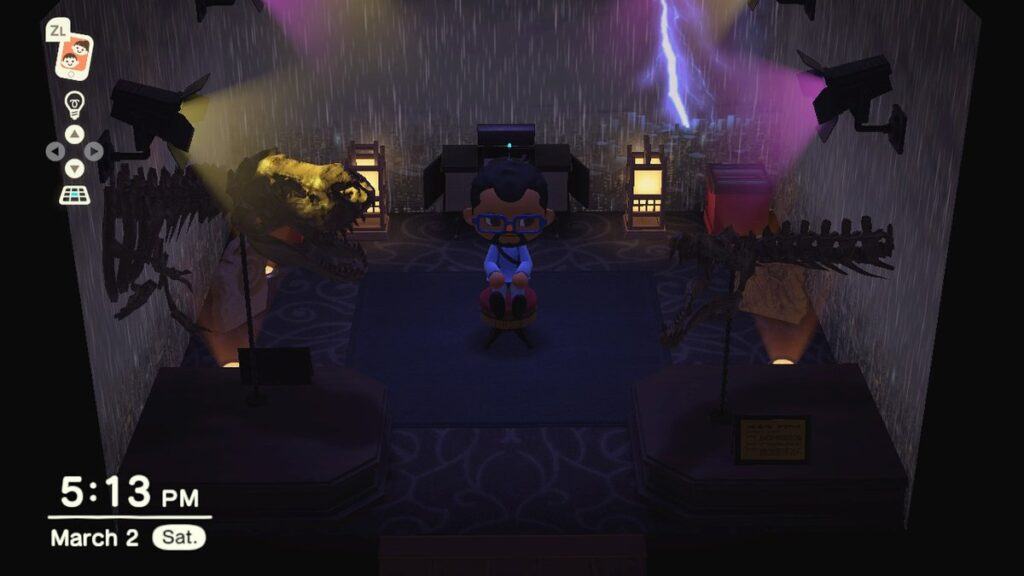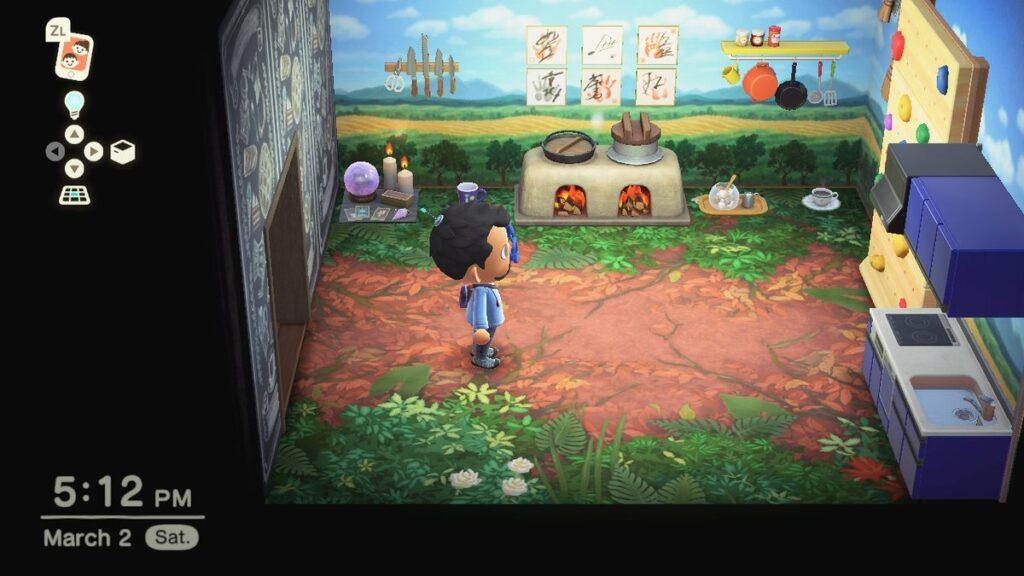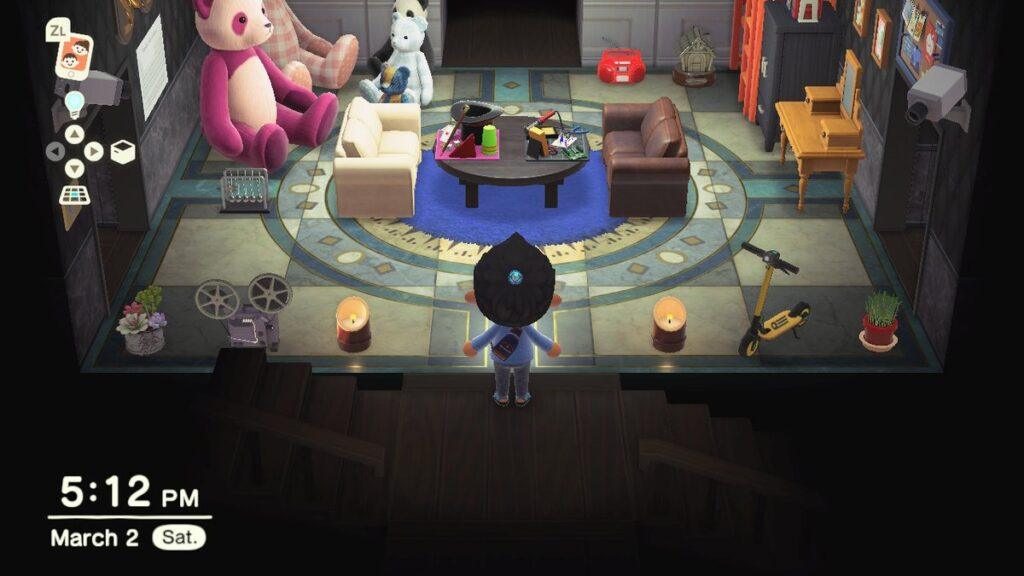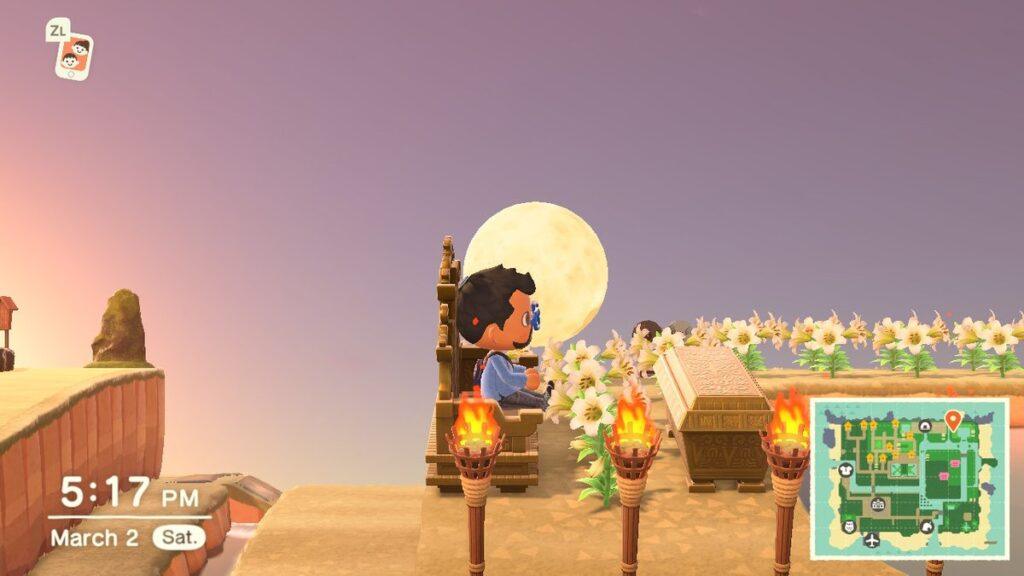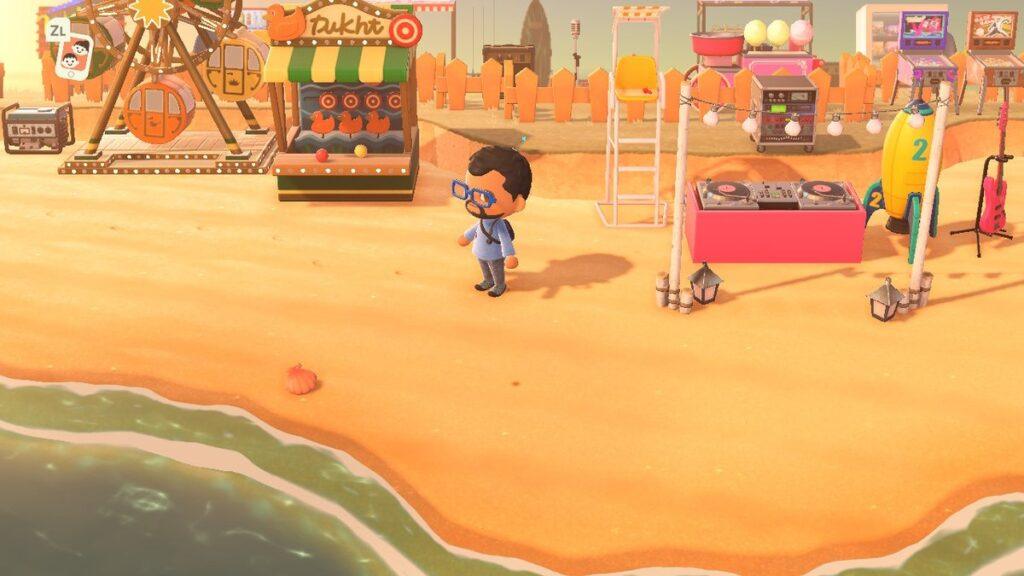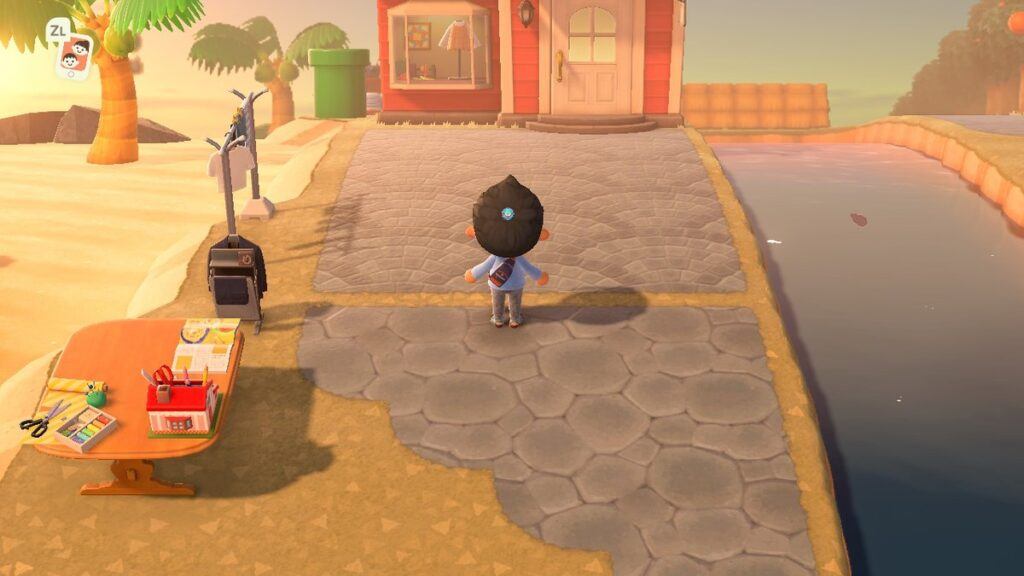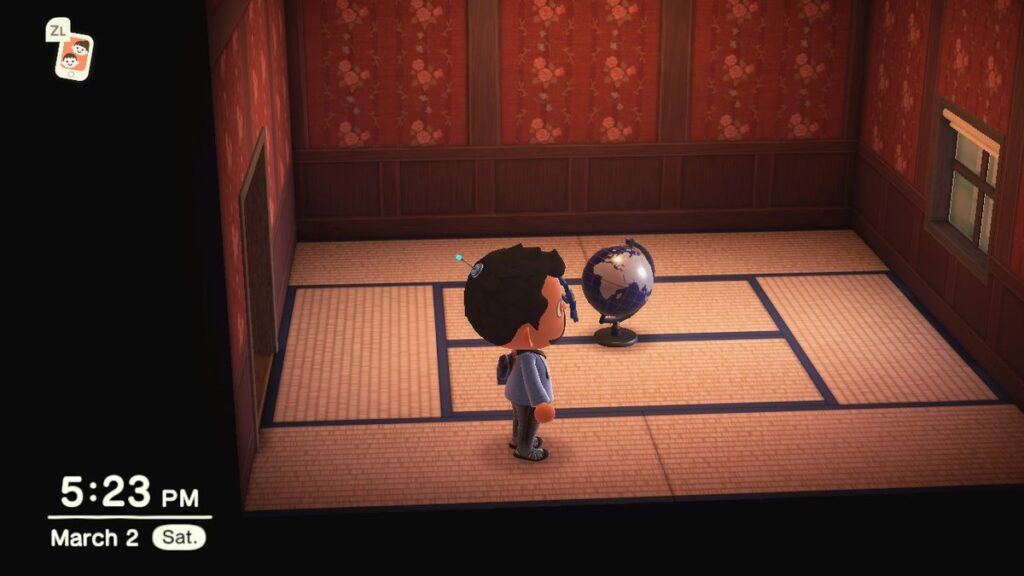deerstalker
https://blacknerdproblems.com/ghostbusters-frozen-empire-review/
When Ghostbusters: Afterlife came back to give the franchise new life, there’s a worry if a sequel could keep the baton in the running or drop it. It’s safe to say the follow up, Ghostbusters: Frozen Empire is keeping this franchise in the running. Ghostbusters: Frozen Empire has a hurricane of easter eggs and nods of nostalgia but the stand out factors of this film are the pacing and the theme of a family’s legacy. More specifically, the Spengler family legacy. We saw Phoebe Spengler (Mckenna Grace) in the last film take the reigns to embrace the Ghostbusting life of her grandfather and now we see what it’s like when her mother, Callie Spengler (Carrie Coon), brother, Trevor Spengler (Finn Wolfhard) and Gary Grooberson (Paul Rudd) do the same. However, trouble arises for Phoebe when she’s put on the bench.
The film starts off with a prologue giving us a hint of what lies ahead with the film’s big bad. We then cut to current day New York as the Spenglers and Mr. Grooberson are chasing a sewer dragon ghost through New York. They Spenglers have traded in the cornfields of Summerville, Oklahoma for the concrete Jungle in the Big Apple. We get a good sense of the family dynamic between the Spenglers as well as Mr. Grooberson trying to know his place between being seen as the unofficial step-dad or mom’s “friend”. The team is doing a good job chasing down the ghost but once Phoebe pops out of the gunner seat and starts letting the proton pack unpack that beam, trouble arises. The damage caused in capturing the ghost gets Mayor Walter Peck (William Atherton) leeway in getting the Ghostbusters all the way outta here. Since Phoebe is a minor shooting a nuclear powered weapon on the streets of New York, she’s then sidelined by the mayor. Phoebe then has to watch the rest of her family be Ghostbusters even tho she is the one that got them all in the ghost busting game in the first place.
Ghostbusters: Frozen Empire Has A Chilly Villain & Vibe

What I truly enjoyed about this film is the pacing. Kudos to Jason Reitman and Gil Kenan for really setting a story that is allowed to take it’s time on screen. The big bad boss that we are waiting for, Garraka (puppeted by Ian Whyte), has a steady build of terror as we learn more of his story and see his influence taking effect. What I enjoyed most about this villain is the lore behind him. Ghostbusters: Frozen Empire truly did a great job of building this character up. Garraka spanning back multiple years and having few sightings added to the mystery and danger of the villain. However, seeing Phoebe dealing with feeling left behind by her family plays just a big a part as the major villain. Here we are seeing how life not being fair can be hard for a young teen to learn. Ghostbusting is what Phoebe excels at but she can’t do it now just because she is a minor. A great juxtaposition to Phoebe’s dilemma is seeing the just how large the next generation of ghostbusters has become.
Winston Zeddmore (Ernie Hudson) has been a very busy philanthropist. We see how he is not only keeping the Ghostbusters’ firehouse afloat but expanding the team and the possibilities. I don’t want to spoil what he’s been up to but it’s a great detail to give Winston more stake in the series and a larger role in the lore. We see the familiar faces of Podcast (Logan Kim) and Lucky (Celeste O’Connor) becoming apart of the crew as well as newcomers like Lars Pinfield (James Acaster) and Nadeem (Kumail Nanjiani). Nadeem plays a very important part in the movie that came as a complete shock to me. Again, I won’t spoil anything but Nadeem part in the movie opens the doors for Ghostbusters to move even deeper into matters of the occult instead of just ghosts.
Cause (Ghost)busting Makes Me Feel Good… to a Degree

While there’s a lot of good the movie does. Introducing a new cast and bringing in the old guard with Peter Venkman (Billy Murray), Ray Stantz (Dan Akroyd), and Janine Melnitz (Annie Potts) appearing again. There are some things I couldn’t help but think about for the sequel. There may just be little things but… I’m sorry fam, the fact that the Ectomobile hasn’t been updated to at least have power windows is crazy to me. i’m just saying, it’s 2024 and Winston is bankrolling the Ghostbusters, so why the proton backs still looking so DIY? Wires all visible looking like mad usb plugs charing devices. We saw some upgrades but I’m just saying shouldn’t things be a bit less heavy looking and shouldn’t the jumpsuits get an update too?
Visuals aside, there’s a lot of similarities we see between this film and the last in regards to family and everyone coming together. We get more of an index of types of ghosts which is new and exciting but there are certain beats and moments that feel as if we have already done this before. There so much potential for this Ghostbusters as a franchise to take off into different and new territory. Ghostbusters: Frozen Empire is a step in the right direction that leaves us waiting for a leap in that same direction.
Want to get Black Nerd Problems updates sent directly to you?
Sign up here!Follow us on Twitter, Facebook, Youtube, Twitch, and Instagram!
The post ‘Ghostbusters: Frozen Empire’ Keeps the Franchise Warm appeared first on Black Nerd Problems.






























